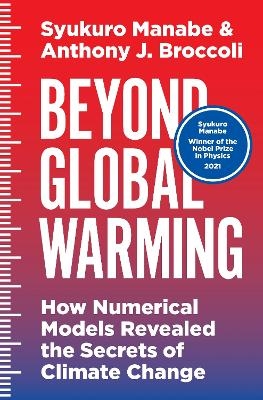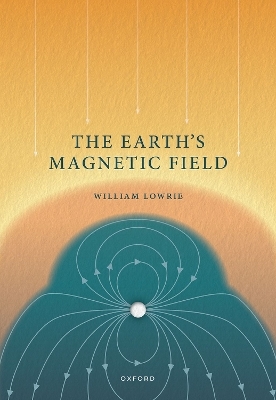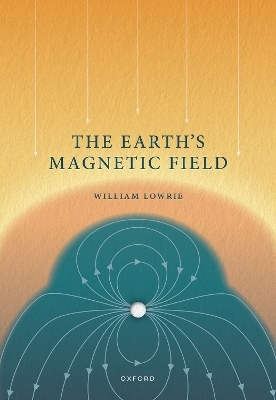Introduction to Theoretical Geophysics
Springer-Verlag Berlin and Heidelberg GmbH & Co. K
978-3-540-06485-5 (ISBN)
Lese- und Medienproben
- Titel ist leider vergriffen;
keine Neuauflage - Artikel merken
Sometimes the particulars of the algebra and calculus have been omitted and relegated to one of the problems following the section. The emphasis has been on the physics of the derivations and on explaining the various physical principles important in geophysics, such as continuity, mixing, diffusion, conduction, convection, precession, wobble, rays, waves, dispersion, and potential theory.
I Introduction.- 1. Mathematical Considerations.- 1.1 Vector Analysis.- 1.2 Curvilinear Coordinates.- 1.3 Vector Relations in Curvilinear Coordinates.- 1.4 Spherical Coordinates.- 1.5 Cylindrical Coordinates.- 1.6 Legendre Polynomials.- 1.7 Laplace's Equation.- 1.8 Fourier Series.- 1.9 Fourier Integrals.- 1.10 Wave Equation.- 1.11 Associated Legendre Polynomials.- 1.12 Bessel Functions.- 1.13 Velocity and Acceleration Referred to Moving Axes.- References.- II Thermodynamics and Hydrodynamics.- 2. Thermodynamics of the Earth.- 2.1 Thermodynamics.- 2.2 Implicit Functions in Thermodynamics.- 2.3 Gravitational Adiabatic Equilibrium.- 2.4 Heat Conduction Equation.- 2.5 Periodic Flow of Heat.- 2.6 Heat Flow.- 2.7 Internal Heat of the Earth.- References.- 3. Hydrodynamics.- 3.1 Kinematic Preliminaries.- 3.2 Conjugate Functions.- 3.3 Equation of Continuity.- 3.4 Equation of Motion.- 3.5 Kelvin's Circulation Theorem.- 3.6 Equation of Motion of a Viscous Fluid.- References.- 4. Physical Oceanography-Circulation.- 4.1 Thermodynamic Circulation.- 4.2 Continuity, Mixing, and Diffusion.- 4.3 Ocean Mixing.- 4.4 Estuary Mixing.- 4.5 Equation of Motion and Circulation Theorem.- 4.6 Pressure Gradient and Geostrophic Effects.- 4.7 Inertia Effects.- 4.8 Equation of Motion with Internal Friction.- 4.9 Friction and Geostrophic Effects.- 4.10 Friction, Geostrophic, and Pressure Gradient Effects.- 4.11 Wind-Driven Ocean Circulation.- References.- 5. Physical Oceanography-Waves and Tides.- 5.1 Tidal Waves.- 5.2 Driven Tidal Waves.- 5.3 Seiches.- 5.4 Geostrophic Effects on Tidal Waves.- 5.5 Internal Tidal Waves.- 5.6 Surface Waves.- 5.7 Permanent Waves.- 5.8 Waves Due to a Local Disturbance.- 5.9 Equilibrium Theory of the Tides.- 5.10 Dynamical Theory of the Tides.- References.- III Seismology, Gravity, and Magnetism.- 6. Seismology-Ray Theory.- 6.1 Dynamics.- 6.2 Bodily Elastic Waves.- 6.3 Reflection and Refraction of Elastic Waves.- 6.4 Development of Solution in Terms of Rays.- 6.5 Ray Characteristics for a Flat Earth.- 6.6 Ray Characteristics for a Spherically Stratified Earth.- References.- 7. Seismology-Wave Theory.- 7.1 Normal Modes.- 7.2 Dispersion.- 7.3 Dispersive Normal Modes.- 7.4 Rayleigh Waves.- 7.5 Love Waves.- References.- 8. Gravity.- 8.1 Fundamental Relations.- 8.2 Gauss' Law and Green's Equivalent Layer.- 8.3 Gravitational Potential and Attraction for an Ellipsoidal Earth.- 8.4 Geocentric and Geographic Latitude.- 8.5 Deviations of the Geoid from a Reference Ellipsoid.- 8.6 Deflection of the Vertical.- 8.7 Gravity Corrections and Gravity Anomalies.- 8.8 Internal Mass Distribution of the Earth.- References.- 9. Geomagnetism.- 9.1 Electromagnetism.- 9.2 Earth's Main Magnetic Field.- 9.3 Electromagnet Theory.- 9.4 Internal and Atmospheric Dynamos.- 9.5 Electromagnetic Induction in the Earth.- References.- IV Dynamics of the Earth.- 10. Earth Motion, Rotation, and Deformation.- 10.1 Motion under an Inverse Square Force of Attraction.- 10.2 Precession of the Equinoxes.- 10.3 Gyroscopic Compass.- 10.4 Eulerian Free Motion.- 10.5 Marine Tides.- 10.6 Earth Tides.- 10.7 Chandler Wobble.- 10.8 Tidal Friction.- 10.9 Free Oscillations of the Earth.- References.- 11. Earth Crustal and Mantle Deformation.- 11.1 Introduction.- 11.2 Loading of an Elastic Crust.- 11.3 Loading of a Floating Lithosphere.- 11.4 Postglacial Uplift.- 11.5 Thermal Contraction of the Earth.- 11.6 Thermal Convection Currents in the Mantle.- References.
| Erscheint lt. Verlag | 1.1.1990 |
|---|---|
| Verlagsort | Berlin |
| Sprache | englisch |
| Gewicht | 770 g |
| Themenwelt | Naturwissenschaften ► Geowissenschaften ► Geophysik |
| ISBN-10 | 3-540-06485-0 / 3540064850 |
| ISBN-13 | 978-3-540-06485-5 / 9783540064855 |
| Zustand | Neuware |
| Haben Sie eine Frage zum Produkt? |
aus dem Bereich



